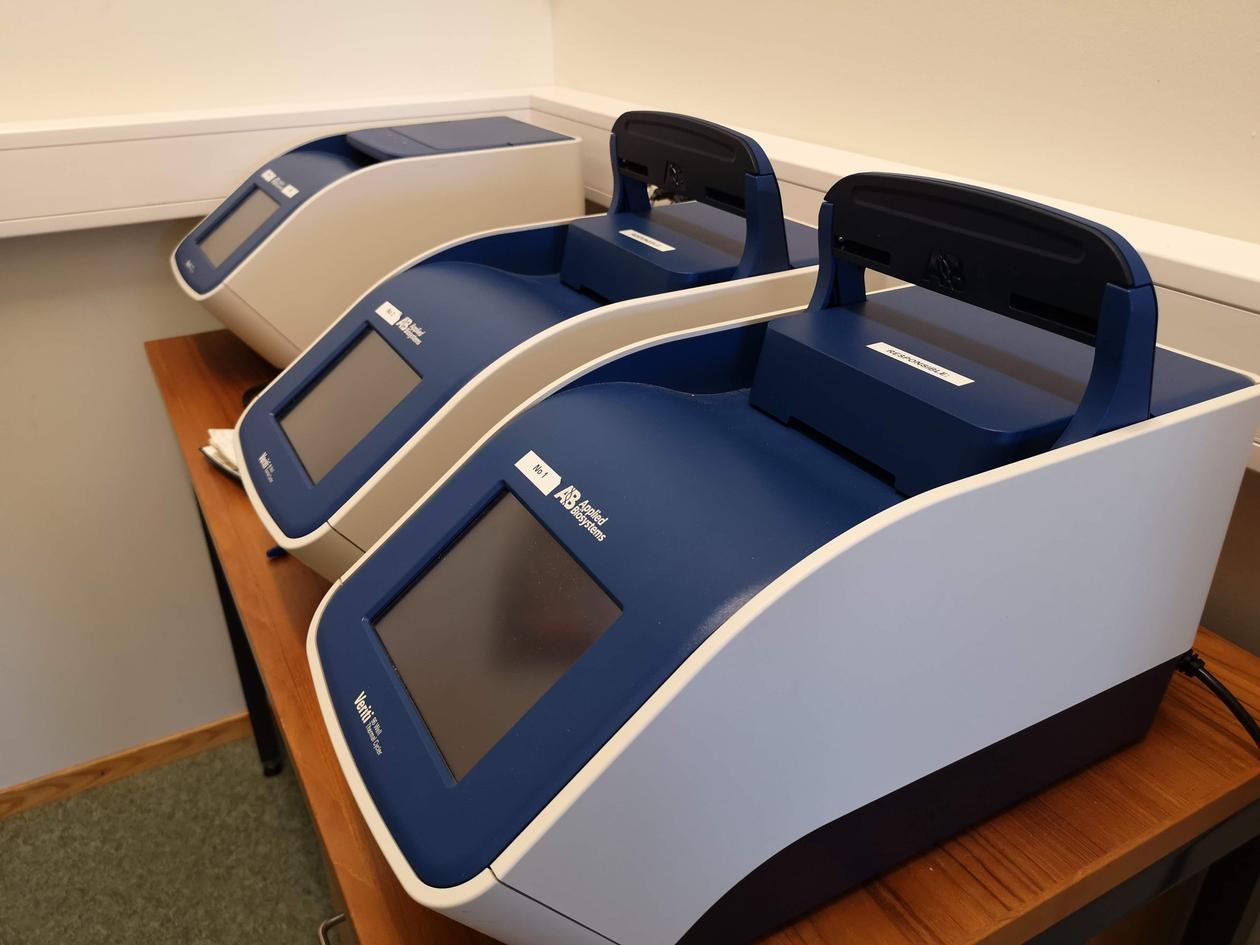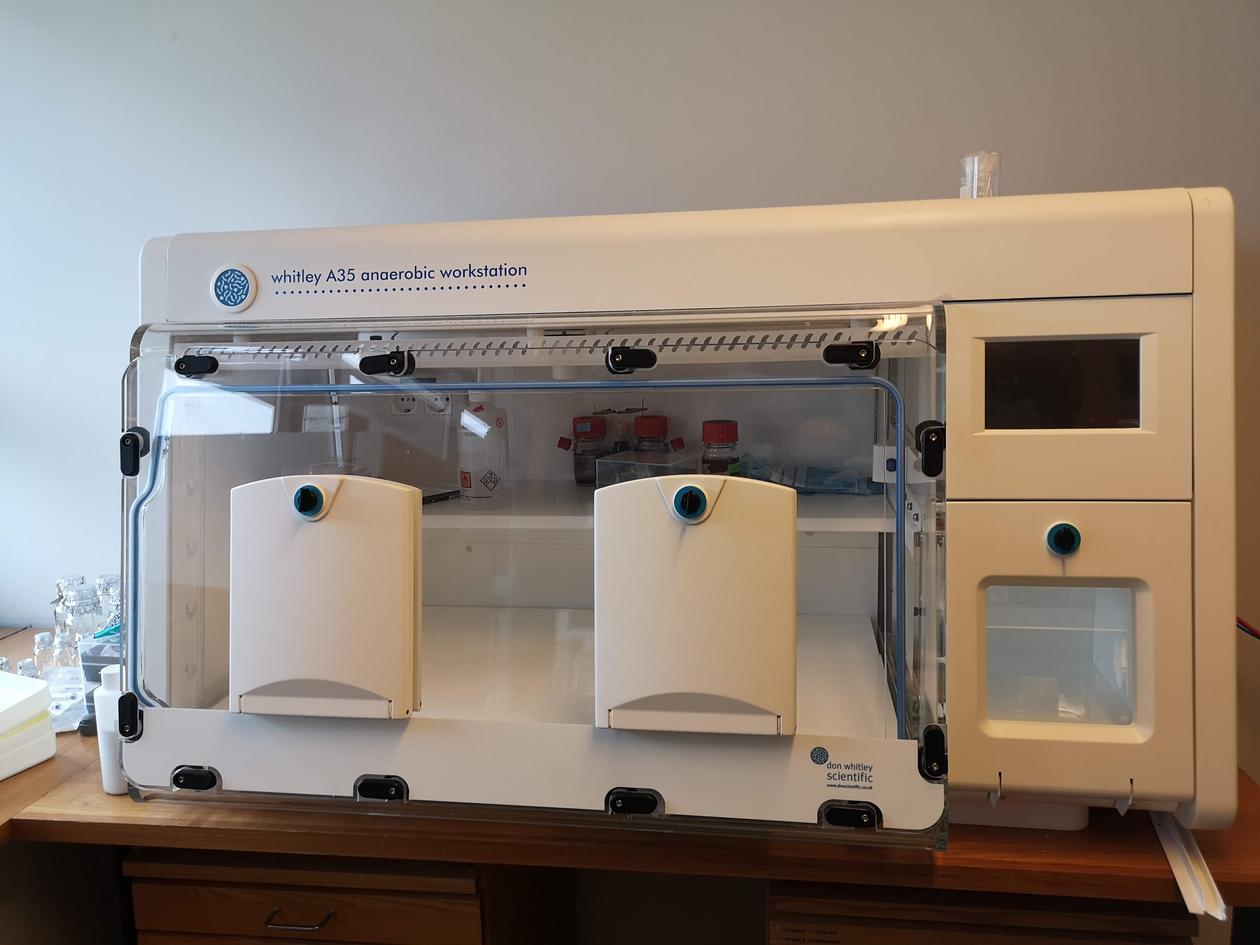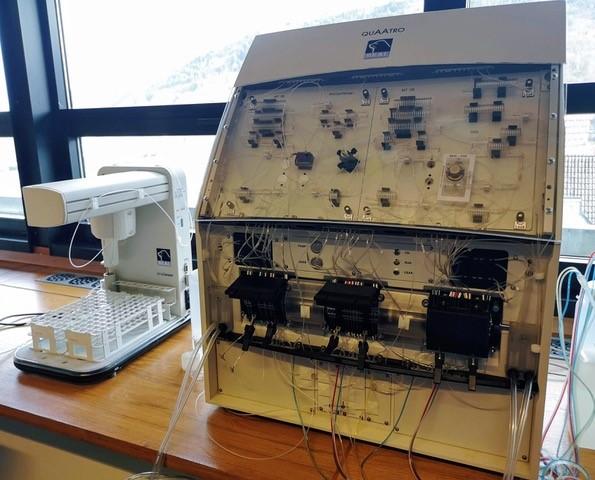Geomikrobiology lab
The geomicrobiology lab is primarily used to analyze samples gathered from by scientists of the Center for Deep Sea Research. We carry out extraction, amplification and sequencing of DNA, identification and cultivation of microorganisms and quantification and characterization of diverse microbial groups in geological and biological samples. Furthermore, we have equipment for geochemical experiments.
Main content
In recent decades, the gap between microbiology and other fields such as geology, geochemistry, paleoclimate, and others has drastically been narrowed. Indeed, the ~10^30microbes inhabiting our planet have been found in virtually any environment, and they have been shown to strongly influence their environment. As such, many systemic studies related to earth sciences would benefit from investigating the microbial component. Members of the laboratory have a long experience in a wide range of methods (see below) and we would happily help anyone interested in using our laboratory.


